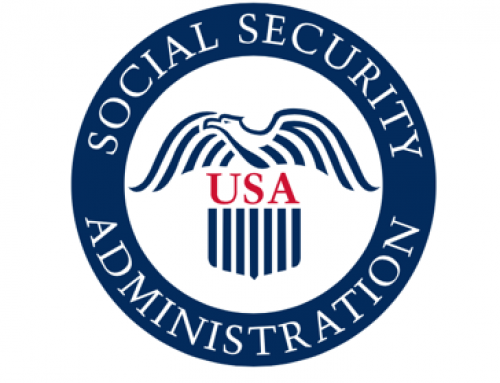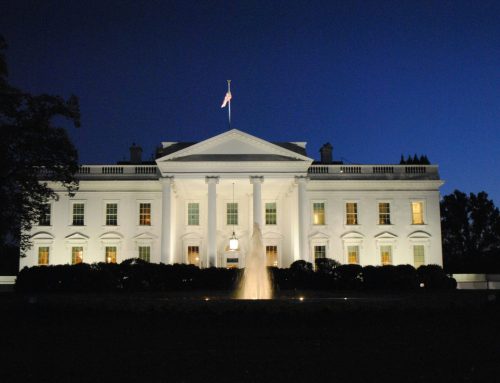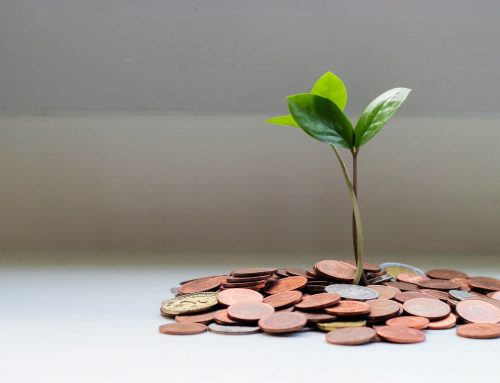In August 2017, Hurricane Harvey made landfall on the Gulf Coast of Texas. Over a four-day period, it dropped nearly 60 inches of rain on the Houston area and inflicted $125 billion in damage, making it one of the most destructive natural disasters in American history.
Twelve years prior, Hurricane Katrina barreled into the Gulf Coast region of Louisiana and Mississippi, displacing tens of thousands of Americans from their homes with a damage cost similar to that of Harvey.
These two devastating storms shared many similarities, but the differing experiences of federal beneficiaries in their wake, illustrates the evolution of electronic payments from 2005 to 2017, particularly since 2008, when the Direct Express® program was launched.
During Hurricane Katrina and its aftermath, it is estimated up to 10,000 Americans did not receive their Social Security payments on time. For many, the payment delay lasted for weeks, as mail and check cashing systems were disrupted by widespread damage. Check delivery logistics were impeded by chaos. Federal benefit checks were ruined by flooding, stuck in damaged post offices, or delivered to homes that were abandoned. Agencies struggled to locate recipients who were in desperate need of their funds, but had been evacuated to safety in new cities.
The figures of those affected are rough estimates, as non-electronic systems back then make data difficult to assemble, but the fact remains: a natural disaster prevented the delivery of lifeline payments to those Americans most affected by the storm and at a time when they needed them the most.
That was 2005. In 2017, Hurricane Harvey was a similar storm in terms of strength and destruction, but a different story for federal beneficiaries. The Direct Express® program’s best estimate is that fewer than 100 Americans affected by the storm failed to receive their Social Security payments. This was due to electronic delivery, either direct to banks accounts or via a Direct Express® card. For citizens those citizens that did not have traditional banks accounts, Direct Express® ensured they received their benefits and were no more disadvantaged than those with bank accounts.
The experience of federal benefit recipients during these two storms offers a “before-and-after”picture of how the nation’s disbursing system has become more resilient, reliable, and efficient in a relatively short period of time. Innovation in electronic payment disbursement now allows the 4.5 million Direct Express® cardholders to receive their federal benefit payments on time, every time – even during natural disasters like Category 5 hurricanes.
For more information on hurricane preparedness, the Federal Emergency Management Agency (FEMA) offers advice on financial and other forms of preparedness on ready.gov, including a recommendation that citizens reliant or in need of benefits sign up for direct deposit and have their payments deposited electronically.
SOURCE: Direct Express®








